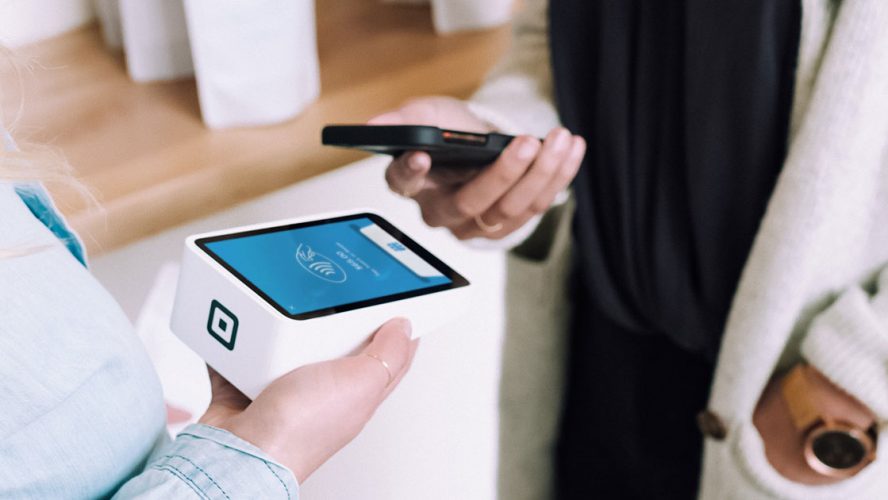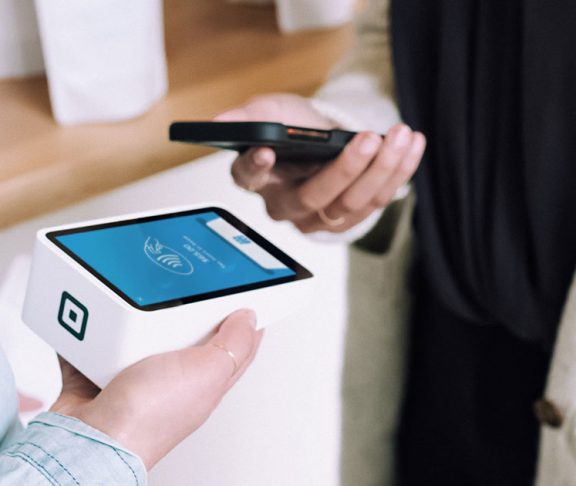Contactless payments aren’t just a COVID trend. What started as a way to limit the spread of germs has gained traction because of its speed and convenience.

Blake Morgan
Author, “The Customer Of The Future”
Cash is out, contactless payments are in. It’s yet another change catalyzed by COVID. Over the past year, many stores stopped accepting cash payments and made the switch to contactless out of necessity to limit customer and employee touchpoints. In 2020 alone, in-store mobile payments grew 29 percent, and the numbers are growing rapidly, with half of all shoppers expected to use contactless payment by 2025.
Contactless payments aren’t just a COVID trend. What started as a way to limit the spread of germs has gained traction because of its speed and convenience — two of the most important factors for modern customer experiences. On average, a contactless payment takes just 15 seconds, which is less than half the time of traditional payment methods.
Over the next few years, contactless payment options won’t just be nice to have, they will become a necessity for retailers. They will be so important that customers will turn away from stores that don’t offer contactless payment to stores that offer more modern options.
As Gen Z and millennials — already two of the most powerful buying groups — mature and increase their buying power, they will demand contactless payment options. Most younger customers don’t carry cash or physical cards anymore, but they all carry their smartphones, smartwatches, and other connected devices.
Customers are increasingly demanding contactless payment options, and retailers that can create a seamless contactless experience will lead the competition.
Adopting contactless payments
To keep up with the increasing demand for contactless payments, retailers of all sizes and industries must adapt and invest in contactless payment options.
Contactless payment options come in two forms: brick-and-mortar and ecommerce. The biggest advantages of contactless payments are most obvious in physical stores when customers only have to tap their card, phone, or watch to make a payment. Offering this payment option requires companies to replace traditional credit card readers with NFC readers that accept both traditional cards and contactless payments. Those readers are becoming commonplace and can easily be integrated into existing point-of-sale systems.
The other side of the (contactless) coin is easier payments through mobile shopping. Instead of requiring customers to enter their credit card information for every purchase, stores can integrate features like Apple Pay, Google Pay, or any other cashless wallet to quickly finish a transaction with a facial scan or fingerprint.
Adding contactless technology is an investment for retailers, but it is a necessary cost of doing business in 2021. Stores that wait to add this new technology aren’t saving money — they’re driving away customers.
Secure and convenient transactions
One of the biggest concerns of contactless payments is transaction security. While it’s important for retailers not to delay adopting contactless payment systems, they also shouldn’t rush into processes that put customers’ personal data at risk. For as much as customers crave convenience, they also demand privacy.
The most secure path to authentic contactless transactions is through biometric measures, such as fingerprint scanners or facial recognition software. These methods are even more secure than a customer entering their PIN, although some customers — especially older customers — are still wary of new methods of payment.
Delivering secure transactions comes down to two principles: investing in proven technology that protects customer data and educating customers about safety. Retailers need to be transparent with customers about how their transactions are authenticated and the security of their information.
Contactless payments had their moment during the pandemic, but they are here to stay. To create a more convenient and customer-focused experience, all retailers need to adopt secure contactless payment options.


